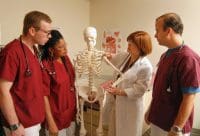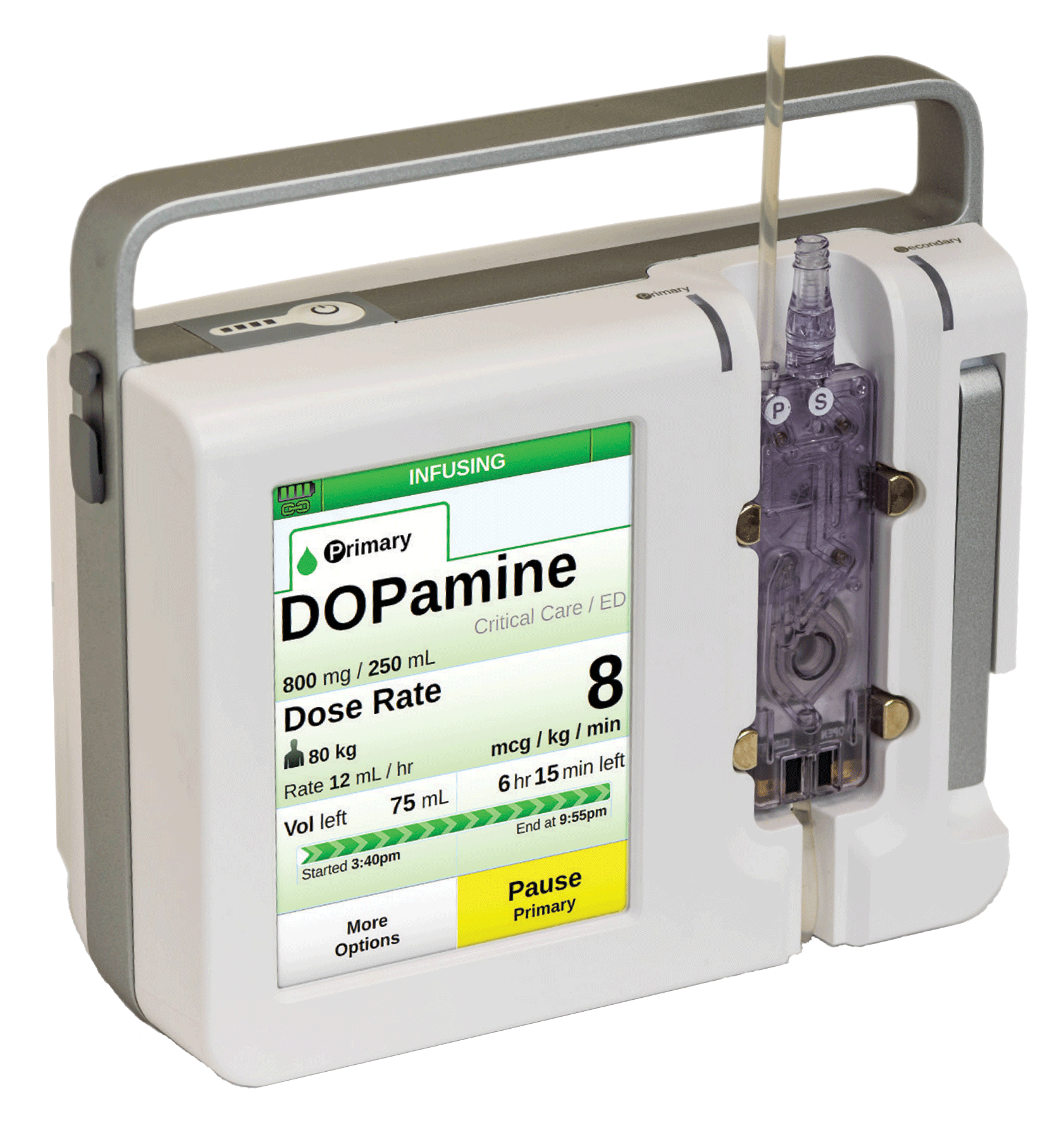New and validated knowledge that forms the basis for evidence-based practice (EBP) most commonly is discovered in academic settings. But findings need to be translated into a protocol or guideline that can be used to guide practice.
What better venue for bridging the gap between academia and clinical practice than an academic health sciences center? This article describes the journey to build strong foundations between the Medical University of South Carolina (MUSC) College of Nursing (CON) and the Medical University Hospital (MUH) nursing staff, with the goal of translating research and EBP to the bedside.
MUSC CON began a research-oriented PhD program in nursing in 2001 to prepare nurse scientists for a lifetime of intellectual inquiry through scholarship and research. Students are educated to conduct theory-guided research to test, generate, and extend knowledge that informs healthcare systems, health policy, and the evidence base for practice. Program graduates have contributed to nursing knowledge in all of these areas. Yet little of that knowledge has been translated for use by MUH staff nurses.
Staff nurse barriers to using research
Barriers to staff nurses’ research use include lack of time, lack
of knowledge about research processes, and lack of confidence in practical application. Barriers to EPB implementation fall into several broad categories:
- characteristics of EBP adopters (nurses)
- organizational characteristics (availability and dissemination of information)
- evidence characteristics (relevance and practicality to clinical practice).
MUH staff nurses experienced the same types of barriers to both research utilization and EBP implementation. So nursing administrators and MUSC CON leaders set out on a course to improve the process.
Nurse Alliance initiative
In 2006, MUH began a nursing shared governance initiative, called the Nurse Alliance Research Council, to provide a structure for nurses to take ownership of nursing issues, empowering them to change current practice and function to benefit patients, the interdisciplinary team, and nursing staff. (See Nurse Alliance at MUSC CON by clicking the PDF icon above.) The Nurse Alliance structure has been integral to development of numerous quality- and process-improvement projects. Nonetheless, nurses’ involvement in research and EBP continued to lag.
Three-tiered approach to disseminating EBP information
In 2011, the Nurse Alliance Research Council developed a three-tiered approach to disseminating vital information on research and EBP throughout the organization.
Tier 1
The first tier involved a study of staff nurses’ knowledge about the differences among research, EBP, and quality improvement (QI). The HEADS UP survey is a self-report instrument that lists six statements and uses a 4-point Likert-style scale; responses range from strongly disagree (value of 1) to strongly agree (4). A web-based link to an electronic version of the survey was distributed by email to approximately 2,500 MUH nurses. Responses were recorded anonymously in the REDCap (Research Electronic Data Capture) database. The preintervention sur-vey response rate was 14.4% (359/2,500); the postintervention rate, 12% (300/2,500); and the 6-month follow-up response rate, 14.6% (365/2,500).
Pre- and postintervention data were analyzed, with means and standard deviations calculated for each survey item. Means were compared using a paired samples t-test. (See Paired t-test results by clicking the PDF icon above.) The only statistically significant difference found was for statement #3: “I can explain the main purpose of evidence-based practice” (p = 0.000). Otherwise, the percentage of respondents who either agreed or strongly agreed with a statement increased for each of the six statements; the percentage who either disagreed or strongly disagreed decreased for each of the statements. The results showed that participating nurses gained increased knowledge and understanding of the differences among research, EBP, and QI. A 6-month follow-up survey further demonstrated nurses’retention of knowledge gained through the intervention.
Tier 2
The second tier, called Research 101, involved development and dissemination of easily understandable and accessible basic information on how to conduct a research study. MUSC has a wealth of resources available for learning the research process, but most are geared toward research-oriented students and professionals. The intent of this initiative was to offer staff nurses a chance to access information quickly and easily on how to think about conducting research studies.
Tier 3
The third tier was development of a Clinical Nurse Scholar Fellowship Program. Five staff nurses were selected to participate in a year-long, mentored research educational process. This tier addressed the fact that although MUH staff nurses have been involved in and lead numerous QI projects, few have conducted research studies as primary investigators.
Implications for practice
The education of all nursing staff about the differences among research, EBP, and QI was effective, as shown by increased survey scores from preintervention to postintervention and 6-month follow-up surveys. The Research 101 program is ongoing; no data have been collected yet. The Clinical Nurse Scholar Fellowship program is flourishing and provides promise for future evolution. Plans for the Nurse Alliance Research Council include developing a comprehensive nursing research resource guide and adopting an established model for implementing evidence-based nursing practice and research.
Selected references
Brown, SJ. Evidence-Based Nursing: The Research-Practice Connection. 3rd ed. Burlington, Massachusetts: Jones & Bartlett; 2014.
Hewitt-Taylor J, Heaslip V, Rowe NE. Applying research to practice: exploring the barriers. Br J Nurs. 2012;21(6):356-9.
Melnyk BM, Fineout-Overholt E. Evidence-Based Practice in Nursing & Healthcare: A Guide to Best Practice. 2nd ed. Philadelphia: Lippincott Williams & Wilkins; 2011.
Thompson PE, Bell P, Prevost S. Overcoming barriers to research-based practice. Medsurg Nurs. 1999;8(1):59-63.
Brian T. Conner is an assistant professor of nursing and director of undergraduate programs at the Medical University of South Carolina College of Nursing in Charleston.


















